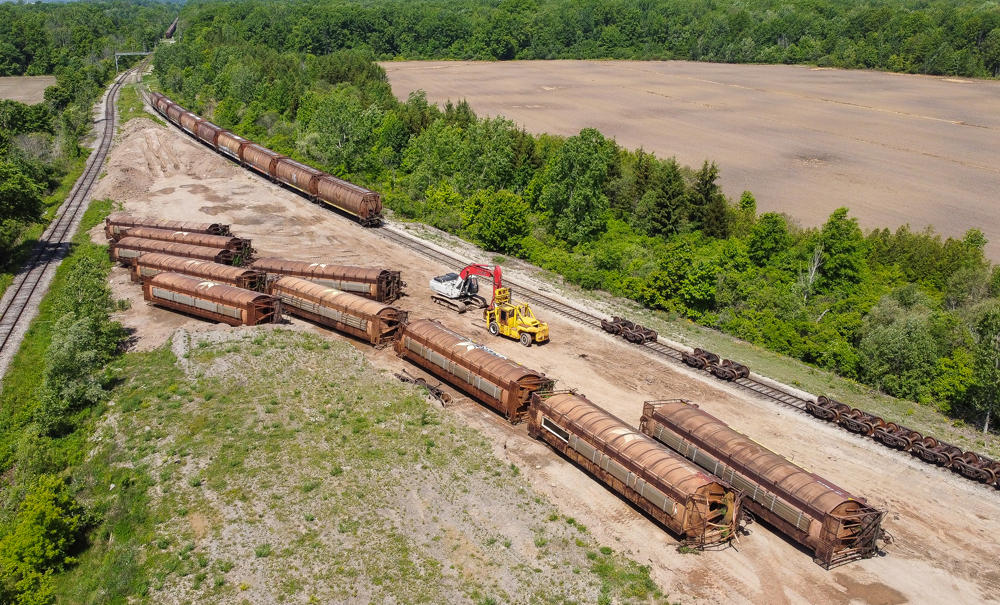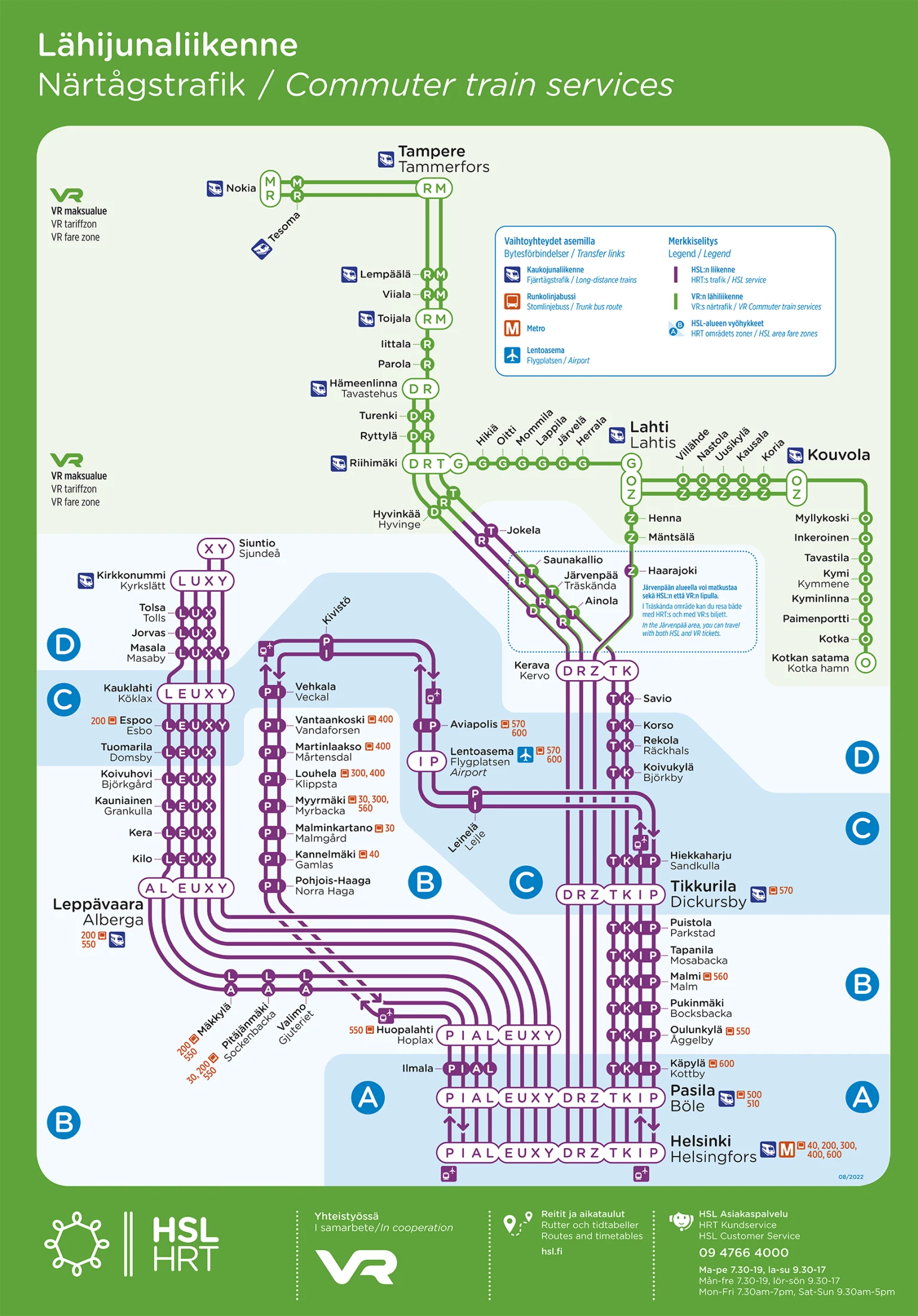lenaitch
Senior Member
Maybe the Huntsville yard is full?
Follow up on the HCR news advisory above:
View attachment 449618
Perhaps but I doubt it. There's only a handful of customers along the entire subdivision anymore - all concentrated around Huntsville as far as I know. I wasn't even think of yards. There are sidings a various places along the route that appear to be no longer used (Gravenhurst, Novar, etc.). There are so few trains on the route now that passing tracks aren't needed as much and conflicts can't be solved by scheduling.






